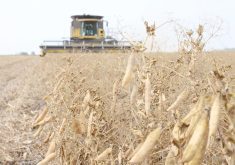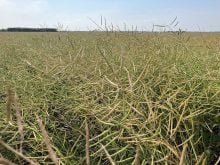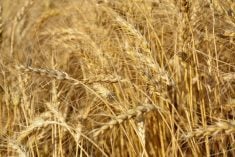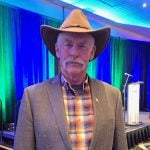SASKATOON (Staff) – What started out to be a rally at the Agridome has turned into a conference and wiener roast at the Turvey Centre.
A group of farmers that wants an end to the Canadian Wheat Board’s monopoly over wheat and barley exports, had originally planned to hold a mass rally at Regina’s 5,700-seat Agridome on Oct. 20.
But last week, the venue was switched to the Turvey Centre, a meeting hall with a licensed capacity of 1,800 located just north of city limits.
Organizers say the change in plans wasn’t prompted by fears that they would be unable to fill the Agridome, which could raise questions about how much support they have among grass-roots farmers.
Read Also
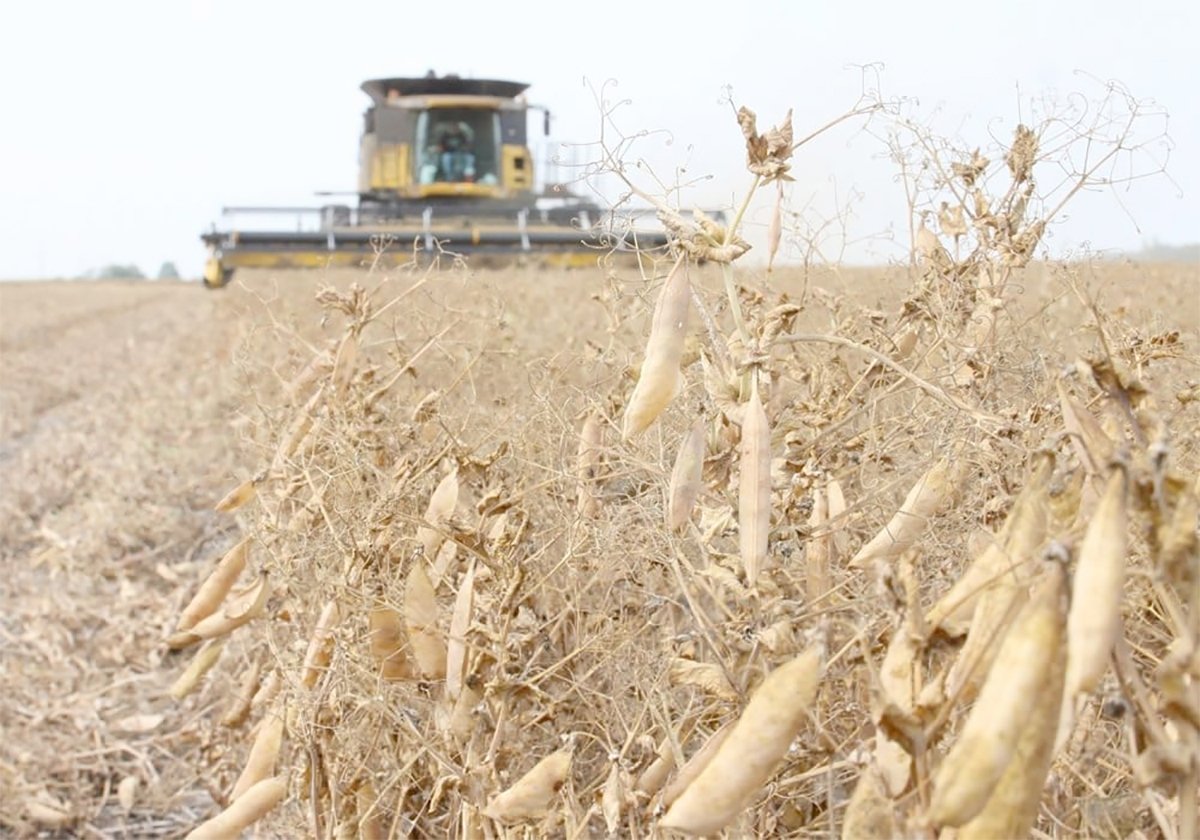
Chinese, Indian tariffs take toll on pea prices
The disruption of pea exports from Canada’s largest customers will likely result in slow pea exports for the remainder of the crop year.
Rather, it reflected a feeling that a traditional-style rally would be a waste of time.
“Farmers had been telling the organizers that they wanted to take some positive action,” said Jim Pallister, a Portage la Prairie farmer. “They said that the approach of sitting in an arena had failed miserably in the past.”
Cavalcade to see Goodale
The plan now is to meet at the centre at 2 p.m. to discuss the issue and pass resolutions, then proceed in a cavalcade across town to agriculture minister Ralph Goodale’s office. After making their case to the minister, the farmers will return to the Turvey Centre for a wiener roast.
The last big farm rally on the Prairies took place in Saskatoon in January 1993, when more than 10,000 farmers attended a rally organized by Saskatchewan Wheat Pool. They called on the federal government for financial aid and urged retention of a strong Canadian Wheat Board.
Sheldon Cooper, who farms at West Bend, Sask., just south of Foam Lake, said the Saskatoon rally accomplished very little and farmers who want changes to the wheat board don’t want to follow the same route.
But he also agreed the group would probably have been hard-pressed to fill the Agridome, since farmers who support a more open marketing system are less likely to attend a mass rally.
“They’re not that kind of mind set,” he said. “They’re doers, not talkers. They don’t want to spend their time rallying and making noise.
“We feel very strongly that we’re right on this and can propose a workable system that does include the wheat board for the future,” he said.
The organizers are being careful to avoid being tagged as anti-wheat board, going so far as to adopt as the slogan for the Oct. 20 meeting “Dual Marketing: CWB and Me.”
Under dual marketing, farmers would have a choice of exporting wheat and barley through the wheat board, through private grain companies, or doing it themselves. Pallister said such a system would provide “a strong and voluntary wheat board, combined with releasing the energies of the private sector and farmers themselves.”
Supporters of the present system say a single-desk seller like the wheat board can only function if it has a legal monopoly, but dual market supporters say the experience during the short-lived continental barley market indicates otherwise.
“In five weeks the board did a tremendous job in that market alongside the farmers and private grain companies,” said Cooper.


